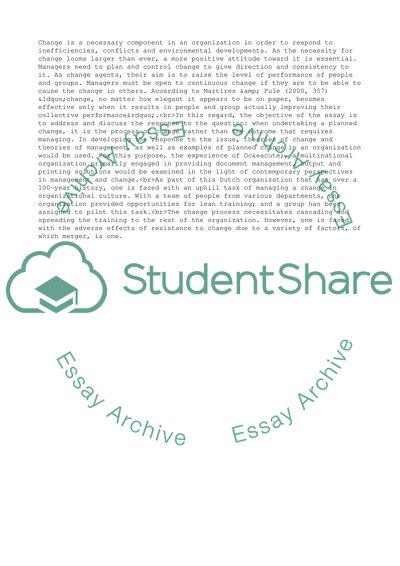Cite this document
(Impact Of Managment Change On Organizational Culture Case Study, n.d.)
Impact Of Managment Change On Organizational Culture Case Study. Retrieved from https://studentshare.org/management/1741842-management-and-change
Impact Of Managment Change On Organizational Culture Case Study. Retrieved from https://studentshare.org/management/1741842-management-and-change
(Impact Of Managment Change On Organizational Culture Case Study)
Impact Of Managment Change On Organizational Culture Case Study. https://studentshare.org/management/1741842-management-and-change.
Impact Of Managment Change On Organizational Culture Case Study. https://studentshare.org/management/1741842-management-and-change.
“Impact Of Managment Change On Organizational Culture Case Study”, n.d. https://studentshare.org/management/1741842-management-and-change.


